I try to make an extremely simple capacitive proximity sensor using a metallic plate and a plastic sheet, to show how it works. My aim is to put the capacitor in a circuit that lights a lamp (or a LED) if its capacity C is above some critical value C0 and turns it off when C is smaller than C0 (the order of magnitude of the capacities is 1-100 pF. Now the problem is to keep the circuit as simple as possible, so that it is easy to understand (and fits in what my target already knows). I especially want to avoid microcontrollers (thus an Arduino setup like in Triggering a capacitive sensor electronically? is not possible) - the most advanced device I can use is an op amp.
All I have now is a AC tension divider followed by a rectifier, but it has grown because I have to amplify the output then compare it with some reference voltage to turn on and off the lamp.
Do you have any idea ?
Thanks.
